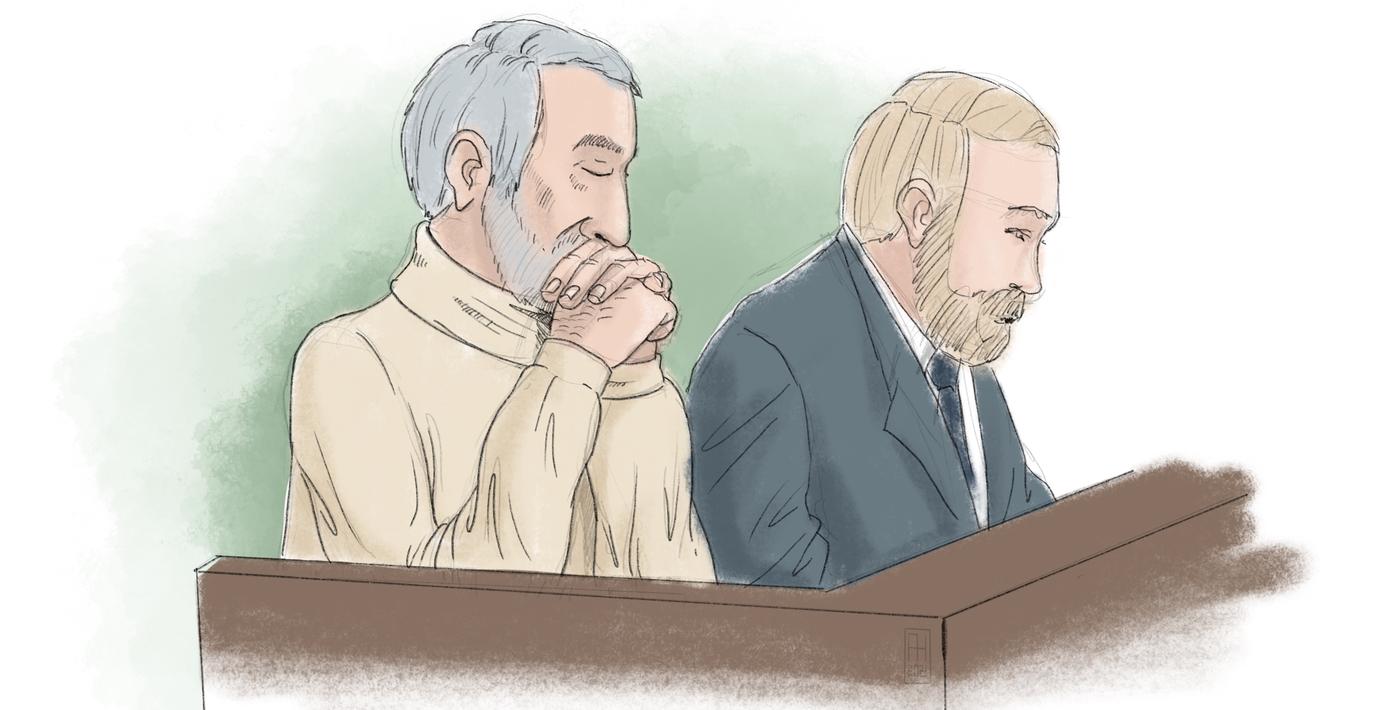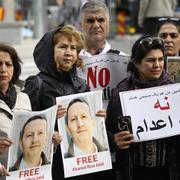bakgrund
Avrättningarna av regimkritiska fångar 1988
Wikipedia (en)
The 1988 executions of Iranian political prisoners was a series of state-sponsored execution of political prisoners across Iran, starting on 19 July 1988 and lasting for approximately five months. The majority of those killed were supporters of the People's Mujahedin of Iran, although supporters of other leftist factions, including the Fedaian and the Tudeh Party of Iran (Communist Party), were executed as well. According to Amnesty International, "thousands of political dissidents were systematically subjected to enforced disappearance in Iranian detention facilities across the country and extrajudicially executed pursuant to an order issued by the Supreme Leader of Iran and implemented across prisons in the country. Many of those killed during this time were subjected to torture and other cruel, inhuman and degrading treatment or punishment in the process."The killings have been described as a political purge without precedent in modern Iranian history, both in terms of scope and coverup. However, the exact number of prisoners executed remains a point of contention. Amnesty International, after interviewing dozens of relatives, puts the number in thousands; and then-Supreme Leader Ruhollah Khomeini's deputy, Hussein-Ali Montazeri put the number between 2,800 and 3,800 in his memoirs, but an alternative estimation suggests that the number exceeded 30,000. Because of the large number, prisoners were loaded into forklift trucks in groups of six and hanged from cranes in half-hour intervals.Ayatollah Montazeri wrote to Ayatollah Khomeini saying "at least order to spare women who have children ... the execution of several thousand prisoners in a few days will not reflect positively and will not be mistake-free ... A large number of prisoners have been killed under torture by interrogators ... in some prisons of the Islamic Republic young girls are being raped ... As a result of unruly torture, many prisoners have become deaf or paralysed or afflicted with chronic diseases."Great care was taken to keep the killings undercover, and the government of Iran currently denies their having taken place. Motivations for why the victims were executed vary, but one of the most common theories advanced is that they were in retaliation for the 1988 attack on the western borders of Iran by the People's Mujahedin of Iran. This, however, does not account for the targeting of other leftist groups who did not take part in nor supported the Mujahedin invasion.The killings operated outside legislation and trials were not concerned with establishing the guilt or innocence of defendants. Survivors of the massacre have made various calls for justice and prosecution for the event. Canada called the event a crime against humanity, and Italy made similar declarations for justice to be served.




